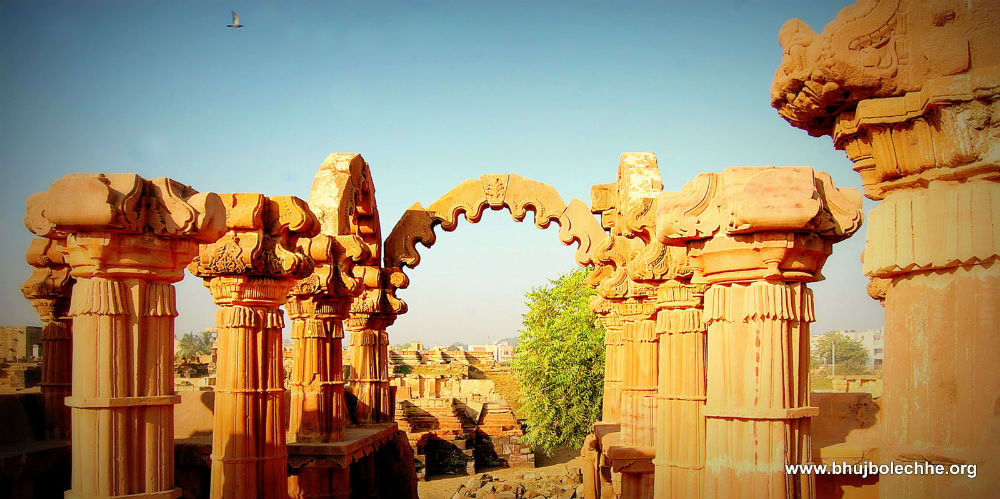India is rich in cultural heritage. Generally when we talk about culture and heritage the very first imagination comes in our mind is rural settings. However, Indian cities too have rich and diverse cultural heritage. The cultural diversity and heritage lie in history, its monuments, evolutions of human settlements in relation to its natural surroundings, the way of communities live, their crafts, rituals, traditions, and festivals.
Historic monuments by their layout, form, and materials often give a sense of place and identity. The landmark buildings such as forts, palace, museums, libraries, temples, mosques, churches, town halls, and a row of houses provide reference points in the locally built landscapes. The local environment is the immediate settings for the lives of people who reside or work there and often historic areas have a human scale that may not be found otherwise. Historic places and monuments display advance townscape qualities that have been evolved over a long period and showcase examples of sustainable urban development models. However, contemporary approaches to urban planning led towards loss of heritage.
Rapidly growing urbanization, along with the influence of globalization, has in recent times accelerated the pace of change in all aspects of Indian life, and particularly in urban settlements. Indian cities and towns find themselves under pressure to accommodate rapidly growing population, with all the demands on technology, public services, and utilities. If Indian cities and towns are not strengthened to cope with these abrupt changes and transformations, the uniqueness and diversity of the cultures that exist in them will soon be lost forever.
Heritage resources are assets as they represent the history of communities embodying their tradition, heritage, and culture through architecture and urban form. Experiences from all over the world have proved that the revival and preservation of heritage can fulfill the aspirations of people besides bringing economic prosperity and sustainability. It is very important for the Master Plan of a city to include preservation of heritage resources.
The government of India through Jawaharlal Nehru Urban Renewal Mission (JnNURM) till 2014 and later on through Heritage City Development and Augment Yojana (HRIDAY) has attempted to focus on conservation of heritage and development of heritage sites in cities. Indian Heritage Cities Network, founded in 2006, a collaborative programme of UNESCO and Ministry of Urban Development Government of India, supports Indian cities in their endeavor to safeguard and use the heritage resources for sustainable development through policy advice, capacity building, good practice exchange, awareness creation and technical assistance.
Preservation of historic monuments, community archiving, organizing cultural events, exhibitions, and heritage walks, and developing heritage sites are some of the interventions that can be an integral part of city’s master plan. Heritage walk through a selected segment of a city aims at showcasing one of the most authentic representations of city’s historic, cultural and architectural heritage. Heritage walk is also an important tool for urban renewal and development. It gives a holistic experience to the tourists as well as citizens and rejuvenates the sense of pride amongst residence.
‘Bhuj Bole Chhe’, a platform for citizens of Bhuj to interact, anchored by Homes in the City has made several efforts in Bhuj to preserve rich and diverse historic cultural and architectural heritage of Bhuj city through community archiving, organizing cultural events, exhibitions, and heritage walks creating awareness amongst citizens to preserve historic monuments.
1. Urban Heritage in Indian Cities – National Institute for Urban Affairs, 2015
2. Indian Cities Heritage Network, a collaborative Programme of UNESCO and Ministry of Urban Development, GoI

